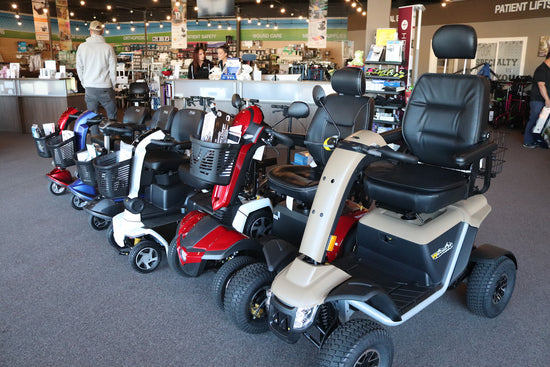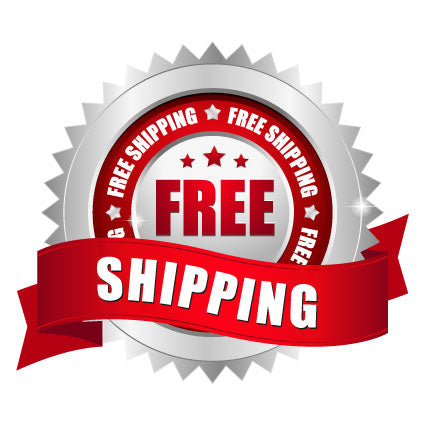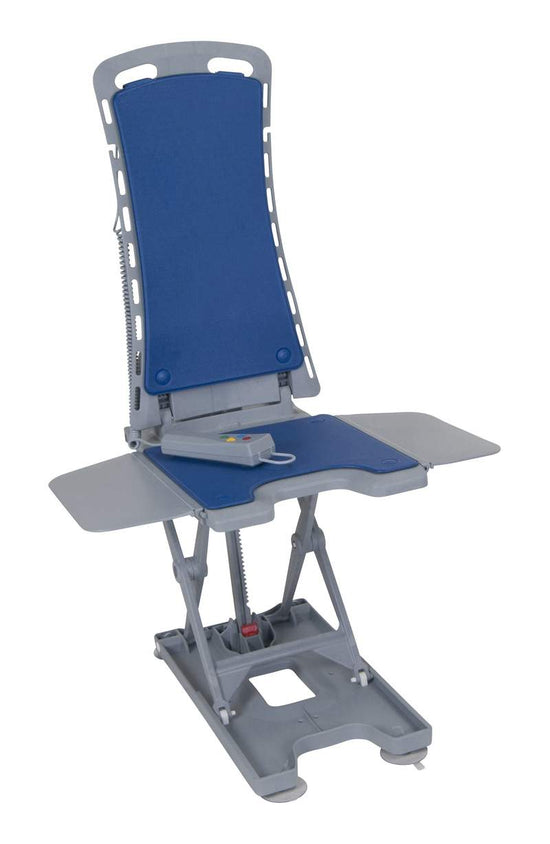In the healthcare industry and beyond, using compliant, high-quality medical supplies is critical. Whether you’re managing a clinic, running a care facility, or ordering products for personal or family use, ensuring that your medical supplies meet recognized health and safety standards can protect lives, prevent contamination, and maintain trust. Inadequate or substandard supplies not only endanger users but may also violate laws, leading to serious legal and financial consequences.
Understanding what makes a medical supply “safe” or “approved” isn’t always straightforward. From certifications and manufacturing standards to expiration dates and proper storage, a lot goes into verifying the reliability of the products you use or distribute. This blog will walk you through essential strategies to evaluate and guarantee that your medical supplies are compliant with relevant health and safety guidelines.
Understanding Regulatory Requirements for Medical Supplies
To ensure your medical supplies meet health and safety standards, it's essential to first understand the regulations that govern them. Regulatory bodies such as the FDA (in the United States), the European Medicines Agency (EMA), or local health authorities define safety protocols, approval processes, and classifications for various types of medical supplies. These regulations may cover everything from surgical gloves to diagnostic kits and wound dressings.
Medical supplies are usually classified based on the risk they pose to patients or users. Higher-risk items, like syringes or implantable devices, undergo more stringent oversight than low-risk items like bandages or thermometers. This classification affects how products are tested, approved, and tracked in the supply chain.
When purchasing or using medical supplies, make sure they are labeled according to local regulatory guidelines and bear relevant compliance marks (e.g., CE marking, FDA registration number). Keeping up with current laws and guidelines is also crucial, as these rules often evolve in response to public health developments or technological innovation.
Failing to comply with these regulations can lead to fines, revocation of licenses, or even criminal liability in severe cases. Therefore, having a regulatory compliance strategy for sourcing and using medical supplies is a non-negotiable aspect of responsible management.
How to Verify Supplier Credibility and Certification
Choosing the right supplier is one of the most effective ways to ensure your medical supplies are safe and compliant. A credible supplier will adhere to stringent manufacturing practices, provide necessary certifications, and support traceability of their products.
Here’s how to verify a supplier's credibility:
-
Check for certifications: Reliable suppliers should hold ISO 13485 certification (for medical devices) or similar relevant credentials.
-
Request documentation: Always ask for compliance certificates, product testing results, and regulatory approval proof.
-
Assess track record: Look into the supplier’s history, customer reviews, and years in business.
-
Evaluate transparency: A trustworthy supplier will be transparent about sourcing, manufacturing processes, and third-party audits.
-
Review recall history: Avoid suppliers with a pattern of product recalls or safety violations.
By thoroughly vetting your suppliers, you reduce the risk of purchasing defective or non-compliant medical supplies, ultimately protecting patients and maintaining professional integrity.
Recognizing Counterfeit or Substandard Medical Supplies
The rise in global demand for medical supplies has unfortunately led to a surge in counterfeit or substandard products entering the market. These supplies can be hard to detect at first glance but pose significant risks, including incorrect diagnosis, infection, or allergic reactions.
Counterfeit products often mimic legitimate branding but lack the necessary functionality or safety features. Substandard items may result from manufacturing defects, expired materials, or improper storage conditions. Common signs include vague labeling, spelling errors, missing certification marks, or questionable packaging quality.
One of the best defenses against these products is sourcing from verified distributors and checking batch numbers and registration codes with the relevant authorities. Some governments and manufacturers also provide online tools to verify authenticity using QR codes or serial numbers.
Staff should be trained to spot these red flags and know how to report suspicious items. Implementing strict receiving procedures and quality control checks can go a long way in preventing the use of counterfeit medical supplies.
The Importance of Proper Storage and Handling
Even the highest-quality medical supplies can become unsafe if not stored and handled properly. Conditions such as temperature, humidity, light exposure, and physical protection significantly affect the integrity of many products, particularly those that are sterile, electronic, or chemical in nature.
For example, storing latex gloves in a humid or hot environment can degrade their elasticity and compromise barrier protection. Similarly, test kits and diagnostic strips may become inaccurate if exposed to sunlight or moisture. Medical supplies that require refrigeration, such as certain vaccines or diagnostic reagents, must be maintained at strict temperature ranges throughout their shelf life.
Organizations should implement storage guidelines that reflect manufacturer instructions and regulatory standards. This includes investing in appropriate shelving, temperature control systems, and clearly marked storage zones. Additionally, all staff involved in inventory management must be trained in these procedures to ensure safe handling from delivery to point of use.
Improper storage not only invalidates manufacturer warranties but can also introduce serious safety risks. Consistent monitoring and regular audits of storage areas are vital for maintaining the integrity of your medical supplies.
Labeling, Expiry Dates, and Packaging Compliance
Proper labeling and packaging aren't just about organization—they’re essential for maintaining safety and regulatory compliance. Incorrect or unclear labeling can lead to misuse, allergic reactions, or dosage errors, especially in fast-paced clinical settings.
Look for packaging that clearly displays:
-
Product name and description
-
Manufacturer information
-
Lot or batch number
-
Expiration date
-
Usage instructions
-
Regulatory compliance marks (e.g., CE, FDA, ISO)
Expired medical supplies may lose effectiveness or even become harmful. Always check expiration dates and rotate inventory to follow the First In, First Out (FIFO) principle. Tamper-evident packaging also adds an extra layer of security, especially for sterile or ingestible products.
Visual inspections during receiving and stocking should verify that labels are legible and packaging is intact. Any damaged or questionable supplies should be isolated and reported. These steps help ensure that every product you use meets both safety standards and legal requirements.
How to Conduct Internal Quality Checks
Internal quality control measures are your last line of defense against unsafe or non-compliant medical supplies. These checks involve systematically inspecting, documenting, and verifying supplies before they reach end-users.
Start by establishing a checklist of compliance points based on the type of supplies and applicable regulations. This might include verifying expiration dates, inspecting packaging for integrity, and checking for visible signs of tampering or contamination. Staff should be trained to perform these inspections and empowered to flag or reject any suspicious items.
Implement a routine auditing schedule—weekly, monthly, or quarterly depending on usage volume and risk level. Include random batch testing where practical. Document all findings and establish a reporting process that leads to swift corrective actions.
For organizations that manage large inventories, digital inventory systems with barcode tracking can support automated alerts and traceability. These tools help streamline quality checks and ensure consistency.
By integrating internal audits into your operations, you can maintain high standards, stay compliant, and reinforce a culture of safety and accountability.
Ensuring your medical supplies meet health and safety standards isn’t just a regulatory obligation—it’s a critical step toward protecting patients, staff, and your reputation. From understanding regulatory requirements to conducting internal quality checks, every step you take reduces risk and enhances care quality.
If you're looking for trusted, compliant, and high-quality home medical equipment and supplies in Redding, California, turn to Everything Medical. Their knowledgeable team is committed to helping you find the right products while meeting all safety and regulatory requirements. Whether you're a healthcare provider or caring for a loved one at home, Everything Medical has you covered.
Visit Everything Medical in Redding, California today and experience the difference in safety, support, and service.




